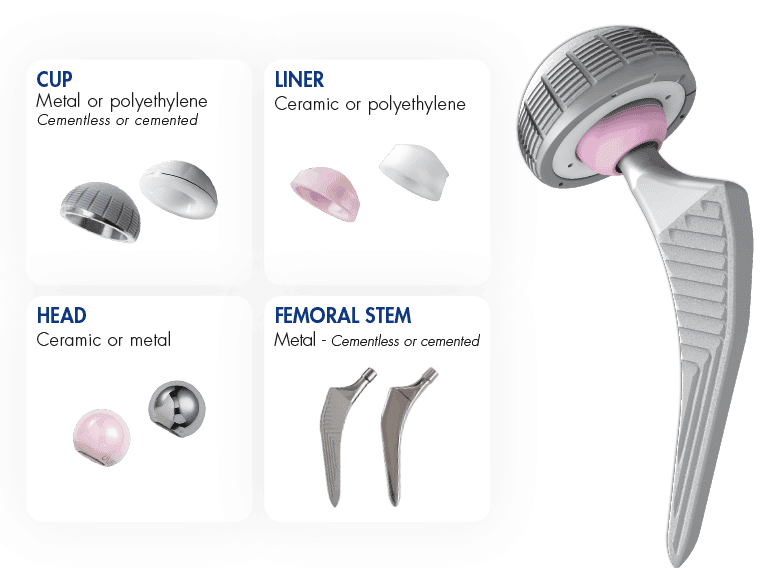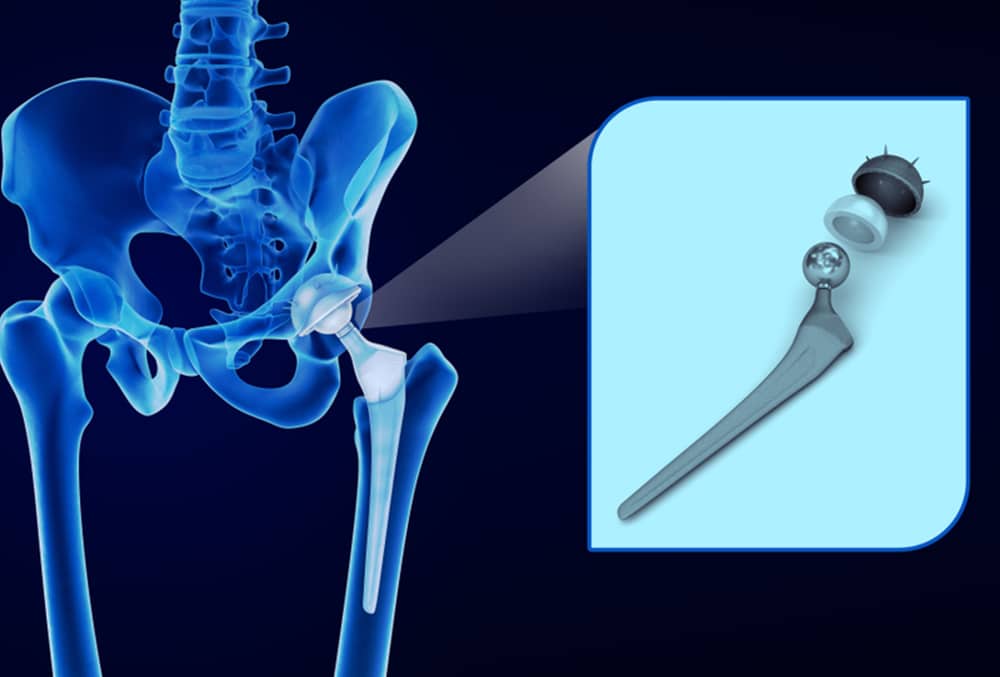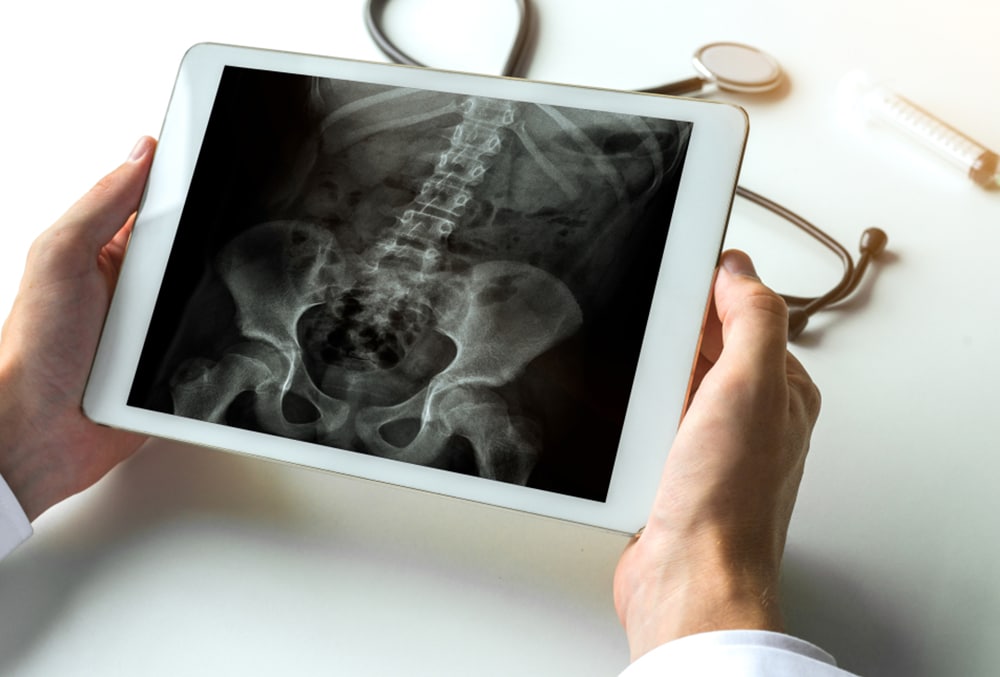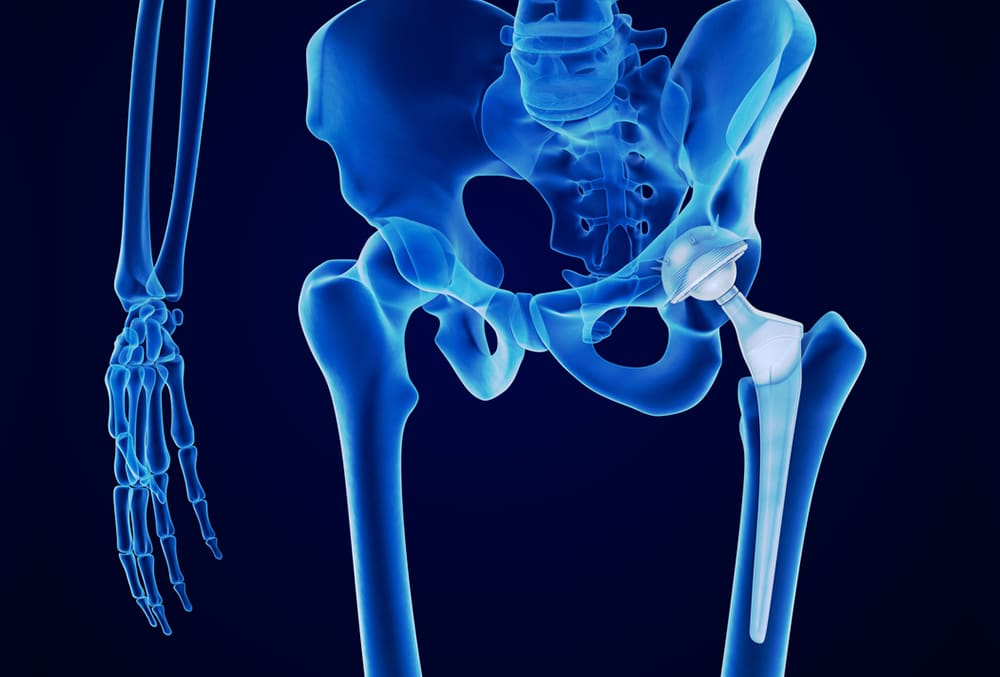Surgical Procedures & Development
Hip replacement (total hip arthroplasty) is one of the most successful procedures and highly standardized in orthopedic surgery.
In addition to the choice of suitable implants, the surgical access to the hip joint (approach) is of crucial importance for the outcome of the procedure.
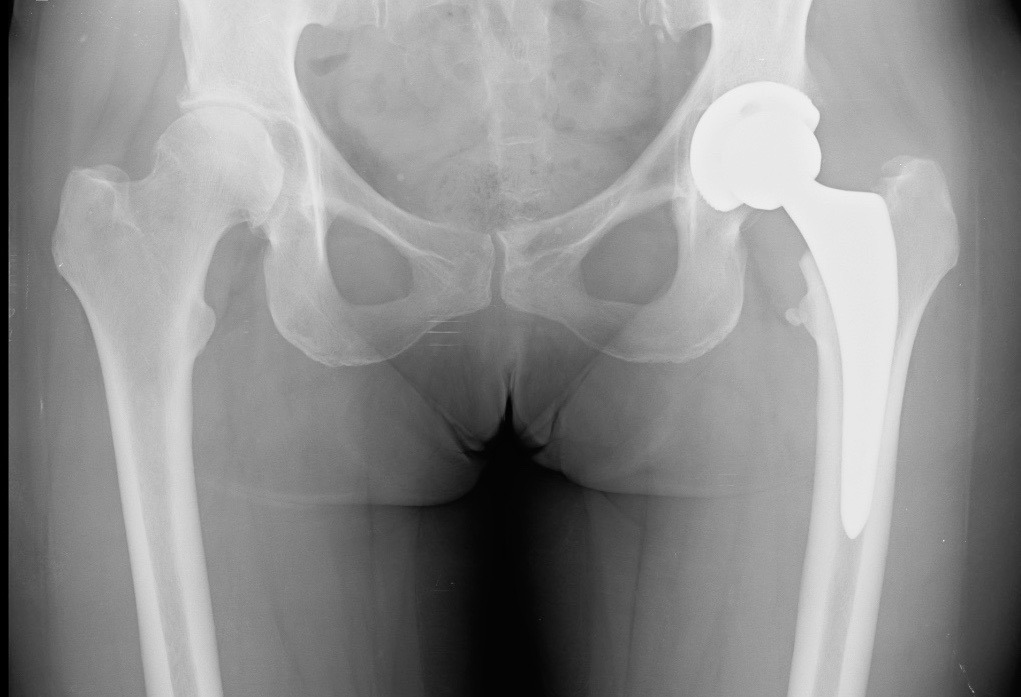
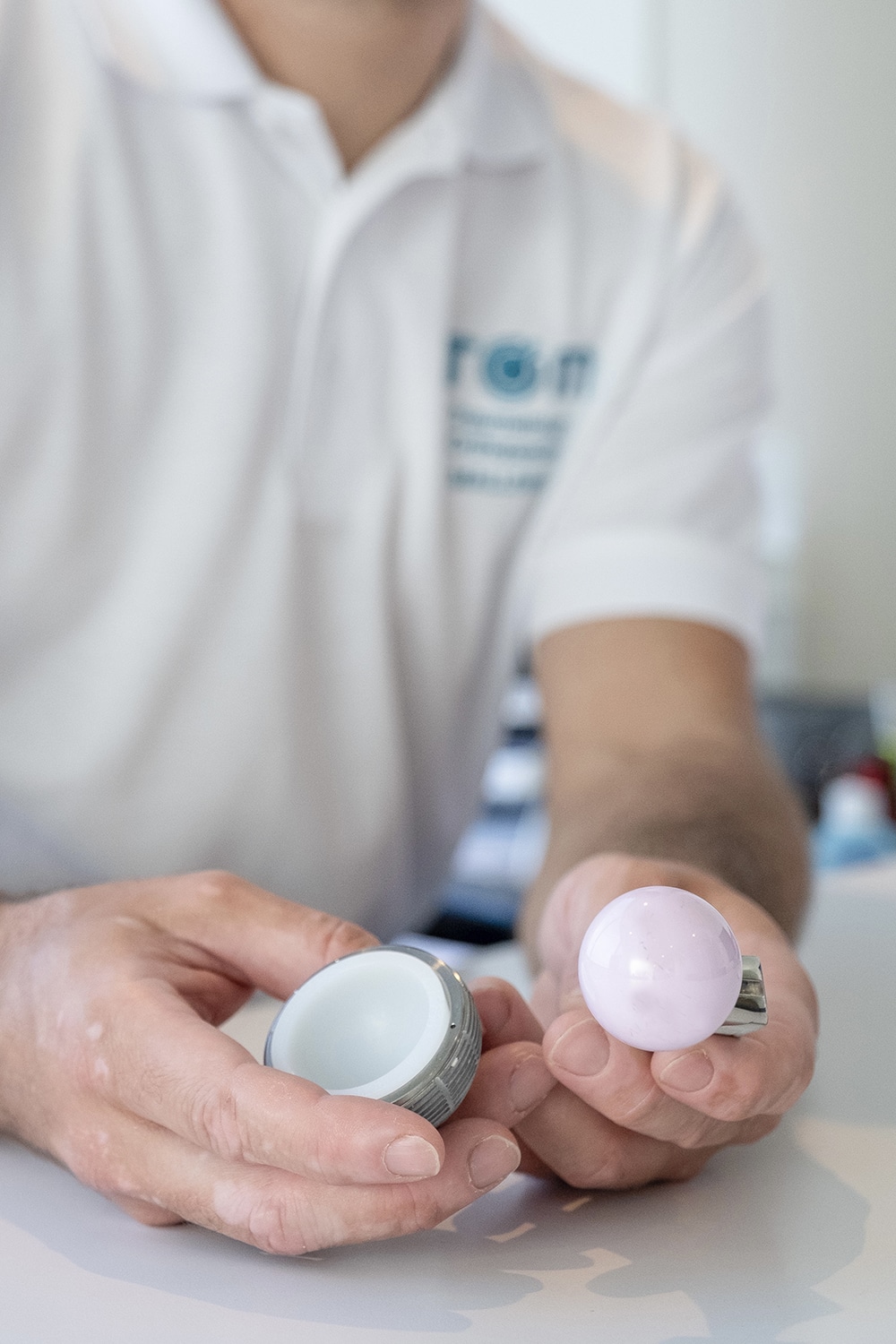
Implantation
The implantation of the new hip can take place from different directions:
- from the front (anterior approaches)
- from the side (lateral access)
- from behind (posterior approaches)
All approaches offer their own advantages and disadvantages, and ultimately the experience of the surgeon with the respective approach is of crucial importance for a good surgical result.
With the advances in medicine, frequencies in the use of different approaches have changed again and again. The skin incision for all access routes has become smaller and smaller, what is known as “minimally invasive”.
However, the size of the skin incision is not decisive for a functionally good result, but rather the correct implantation of the prosthesis components and the least possible injury to muscles / tendons and ligaments by the surgeon.
History
The AMIS approach uses an anterior incision and takes place in the so-called “Huether” muscle Interval, which was already described in 1870. The further development was carried out by surgeons in Paris (Judet, Letournel, Laude). For a long time, hip replacement over the Huether Interval was difficult and associated with risks of nerve injuries. This culminated in the development of the AMIS technology, which is characterized by the fact that special instruments up to a special operating table are used which enable safe implantation of a new hip using this anterior approach.
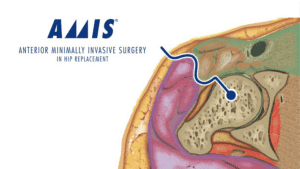
Advantages
The anterior AMIS approach is the only approach to the hip, where no muscles are cut (as opposed to lateral or posterior approaches). With the AMIS technique, surgical preparation is done inbetween the individual muscle groups. It is also important to know that the muscle groups inbetween access is provided to the hip joint, are supplied by different nerves (nerve watershed). Therefore the anterior AMIS approach doeas not affect the nerve supply to any muscle. In this respect, it is to a large extent a “minimally invasive” surgical technique.

